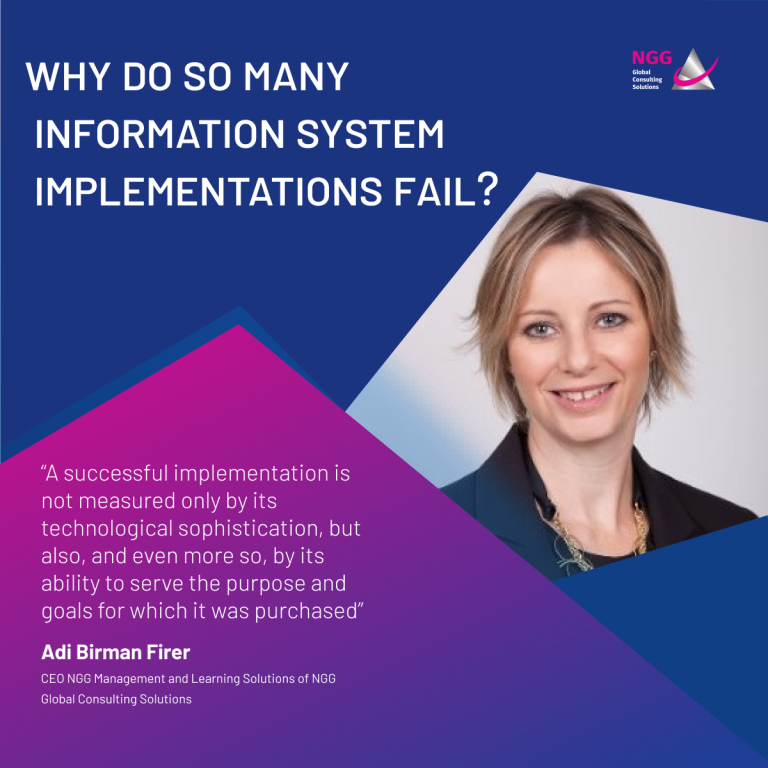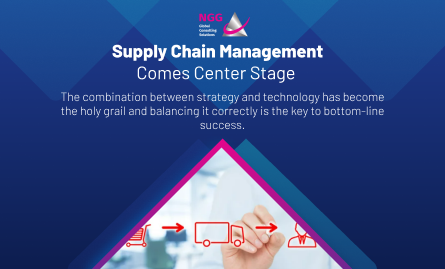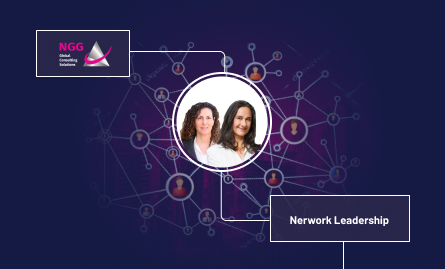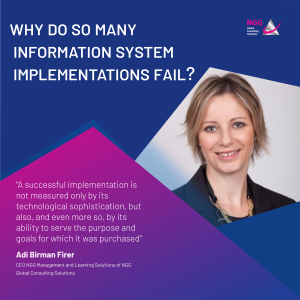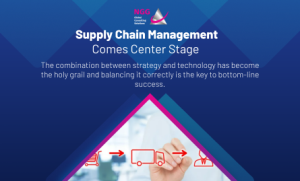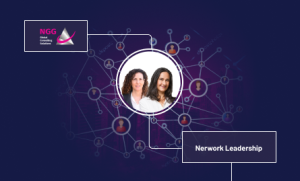How did Satya Nadella become one of the most admirable corporate leaders of our times, and how did he transform Microsoft into
the most desirable workplace in the corporate world?
By Nili Goldfein and Galit Diamant
In today’s post-Corona world, the fragile balance between talent and business is being undermined again. Until recently, ‘The War for Talent’ was as hard as the battle for paying customers. Companies invested substantial time and money in creative rewards, retention and employer branding. Recruiters and HR professionals would joke that ” The war for talent is over, and talent won “.
Today, while the Corona pandemic has re-glorified the concept of job security, issues such as Y-generation motivation must remain a priority, especially in the relationship between business results, managerial paradigms and organizational culture. Microsoft’s story is a great example of how these variables can and should intertwine.
By 2014, Microsoft was considered a superpower; a company that all of us were its customers, whether consciously or subconsciously. Yet 2014 was a terrible year for Microsoft: its stock was dropping, along with its reputation as a loathing, arrogant and condescending company. Their ROI was insufficient, and they experienced trouble recruiting and retaining talent. They were sued countlessly for abuses of power, and they lost market dominance while falling behind strong technology competitors such as Google and IBM.
Six months later, Microsoft’s former CEO Steve Ballmer was replaced by Satya Nadella. The differences between the two were extreme. While Ballmer was an outspoken all-American sales executive, Nadella was a shy R&D engineer from Hyderabad, India, who moved to the United States to complete his master’s degree and later pursued his professional career at Microsoft. Yet the CEO switch exceeded personality differences, as it symbolized a turning point for Microsoft in numerous business aspects.
The secret: not just business results
In 2018, Nadella ranked as the best CEO in the USA, in a survey held by Comparably – a compensation, culture and career website. The survey was based on anonymous quotes from employees, who praised his leadership and expressed confidence and appreciation for his roadmap and vision.
What’s the secret? How did Nadella rise from shy engineer to one of the most admirable corporate leaders of our times, and how did he transform an arrogant and loathed company into the most desirable workplace in the corporate world?
If you ask shareholders, the answer would be related to Nadella’s business success. His gutsy risk-taking in traditional technology and the adoption of innovative technologies such as cloud computing and artificial intelligence surpassed the wave of successes. During his tenure, Microsoft’s stock share jumped 300 percent, and after years of shuffling alongside Google and others, it regained its technological superiority. As always, success will first be directly tied to the bottom-line, and no CEO can get away with the need for results-results. But not just.
If you ask employees, Microsoft’s secret spice in attracting talent lies not in public image, reputation, a steady salary, or stock share price, but in how Nadella changed Microsoft’s DNA and restored humanity to its corporate culture.
Culture shift through leadership
The late Professor Peter Drucker said that “culture eats strategy for breakfast.” Nadella strongly believed this, as he led Microsoft into a profound process of cultural transformation, introducing new mindsets and paradigm shifts aimed at restoring the company’s Humanness. Encouraging his employees to replace “we know it all” with “we want to learn it all” and “be brilliant” with “just be curious”, Nadella led a 180-degree culture shift, which replaced former corporate arrogance with a growth mindset of humility, constant learning, and innovation.
This could not have been achieved without Nadella’s personal example setting, as he walked-the-talk of his core values as an integral part of his business leadership. When visiting company sites around the world, he would ask to meet employees and listen attentively to their ideas. His board meetings would always start with a question each executive should answer: “What new thing did I learn this week?”, and he would also read dozens of books a month.
Nadella’s example setting was an integral part of his business leadership. By listening to his employees, caring for them, showing them respect and helping them realize and fulfill their potential, he gained their trust and their willingness to follow his values.
Nadella is far from naïve. As CEO, he fully understands that he will forever be measured by bottom lines. Yet within this understanding, he encourages his executives to understand the relationship between maximizing talent development and profit of all shareholders – the universe included. He talks about bringing humanness back into business and harnessing corporate power for the greater good, and he is always the first to practice what he preaches. In a post-Corona world full of corruption, fake news and power-hungry leaders, Organizational Talent yearns for Nadella’s refreshing voice of leadership, that has transformed Microsoft into one of the most sought-after places to work in the world.

Nili Goldfein– EVP Marketing & Business Development at NGG Global Consulting Solutions, specializing in Leadership and Management in a World of Disruption.

Galit Diamant is an independent bi-lingual writing expert, editor and organizational storyteller.
